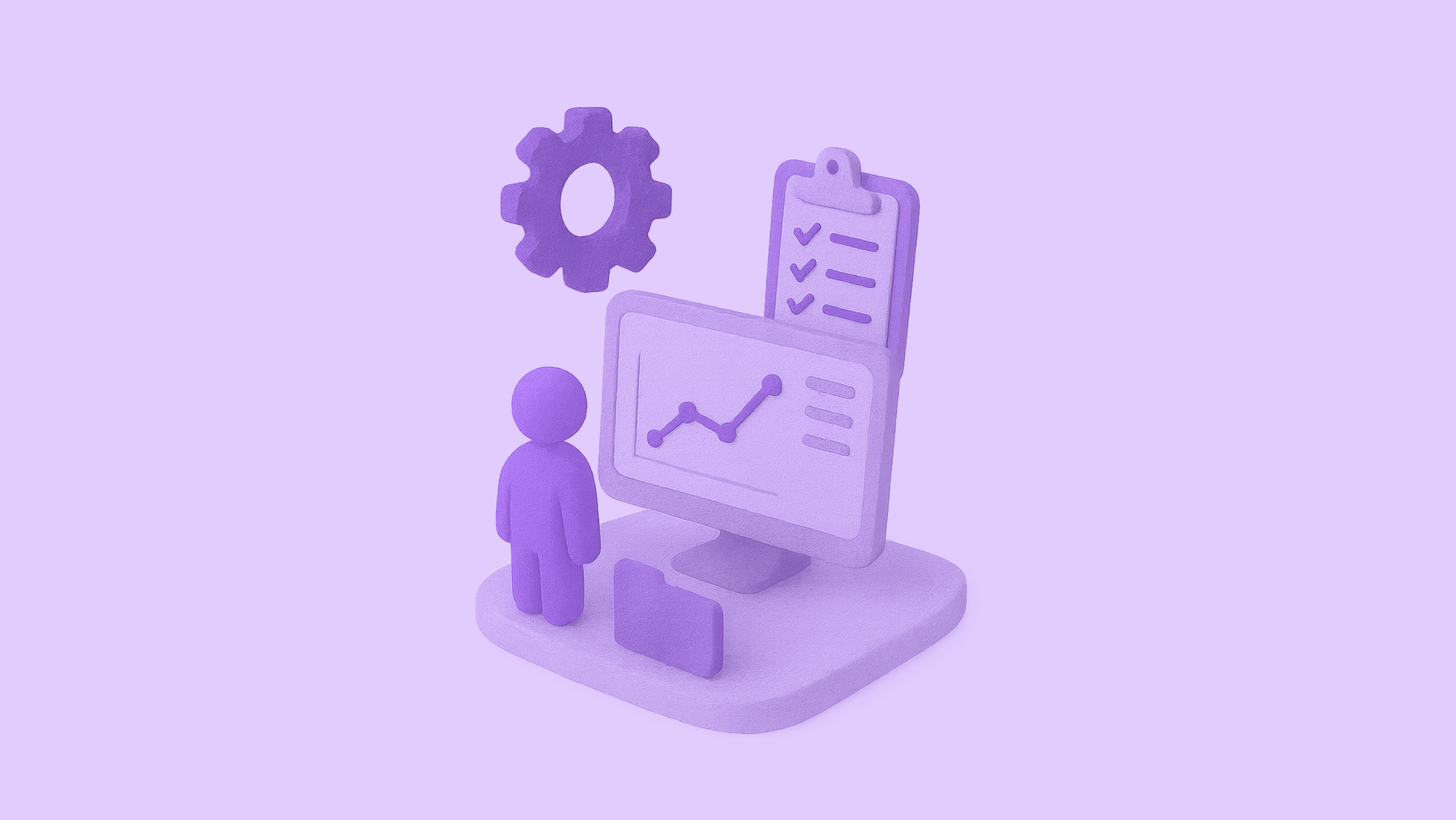In today’s competitive business environment, the success of any organization heavily depends on its suppliers. From timely delivery of materials to maintaining quality standards, vendors play a critical role in ensuring smooth operations. However, managing supplier performance manually can be overwhelming, especially for businesses dealing with multiple vendors. This is where supplier performance management software becomes a game-changer.
In this blog, we explore how such software helps businesses track, evaluate, and optimize supplier performance while streamlining operations and vendor relationships.
Understanding Supplier Performance Management
Supplier performance management is the process of monitoring, evaluating, and improving the efficiency and reliability of vendors. Traditionally, this involved manual tracking through spreadsheets, periodic audits, and inconsistent communication. The challenge with manual systems is that data becomes scattered, reporting takes longer, and businesses lack real-time insights into supplier performance.
With digital tools, companies can now centralize supplier information, automate evaluations, and make decisions based on accurate, up-to-date data. Supplier performance management software provides a structured approach to achieving this.
The Challenges of Traditional Vendor Management
Before understanding the benefits of software solutions, it’s important to recognize the common issues businesses face with manual supplier management:
- Delayed updates and fragmented information: Tracking delivery schedules, quality metrics, and compliance manually often leads to errors and delayed reporting.
- Limited visibility into vendor performance: Without proper tools, organizations cannot quickly identify recurring issues or high-performing suppliers.
- Time-consuming evaluation: Preparing reports and evaluating suppliers through spreadsheets or offline methods consumes significant time and resources.
- Payment inefficiencies: Managing vendor payments manually can cause delays and errors, affecting relationships and trust.
These challenges highlight the need for a more efficient, reliable system for supplier tracking and evaluation.
How Supplier Performance Management Software Helps
Modern supplier performance management software addresses these challenges by providing a centralized, data-driven approach to vendor management.
1. Centralized supplier data
Having all vendor information in one platform ensures that teams have access to accurate and up-to-date data. This includes contracts, delivery schedules, compliance records, and performance metrics. By maintaining a single source of truth, businesses can reduce errors, avoid duplication, and make informed decisions quickly.
2. Vendor scorecard tracking
One of the most effective features of such software is vendor scorecard tracking. This allows businesses to evaluate suppliers based on specific KPIs, such as:
- On-time delivery
- Product quality
- Compliance adherence
- Pricing consistency
With scorecards, organizations can compare vendors objectively and identify areas that require improvement. For example, a manufacturing company can track which suppliers consistently meet quality standards and which ones frequently delay shipments.
3. Enhanced supplier performance analytics
Data is valuable only when it is actionable. Supplier performance analytics transforms raw vendor data into meaningful insights. Dashboards and reports help businesses spot trends, such as recurring delays, cost overruns, or quality issues. By analyzing this data, companies can proactively address problems, negotiate better terms, and optimize their supply chain.
4. Streamlined vendor payment management
Timely and accurate payments are crucial for maintaining strong supplier relationships. Vendor payment management features integrated into supplier management software automate payment processing, track pending invoices, and reduce errors. This ensures suppliers are paid on time, improving trust and encouraging better performance.
5. Effective vendor evaluation tools
Modern platforms offer comprehensive vendor evaluation tools that help organizations assess supplier reliability, risk, and compliance. Features such as automated scorecards, feedback collection, and audit logs make the evaluation process more structured and transparent. Businesses can identify underperforming vendors and decide whether to improve performance, renegotiate contracts, or explore alternatives.
Benefits of Adopting Supplier Performance Management Software
Implementing the right solution brings several practical benefits:
- Improved operational efficiency: Centralized data and automation save time and reduce manual errors.
- Better supplier relationships: Timely payments and transparent evaluations build trust.
- Enhanced decision-making: Actionable analytics allow businesses to address performance issues before they escalate.
- Risk mitigation: Tracking compliance and performance reduces operational and financial risks.
- Strategic sourcing: Organizations can identify top-performing suppliers and negotiate better contracts.
Choosing the Right Software
When selecting a supplier performance management software, businesses should consider:
- Ease of use and integration with existing systems
- Capabilities for vendor scorecard tracking and analytics
- Tools for automated vendor payment management
- Comprehensive vendor evaluation tools
- Customizable reporting features for better insights
By choosing a solution aligned with business needs, companies can make supplier management more structured, efficient, and measurable.
Conclusion
In a competitive business landscape, relying on traditional methods for supplier management can limit growth and efficiency. Implementing supplier performance management software enables businesses to track performance effectively, leverage analytics, automate payments, and maintain strong vendor relationships. Features like vendor scorecard tracking, supplier performance analytics, and vendor evaluation tools provide actionable insights that help organizations optimize their supply chain and make informed decisions.
Investing in the right software is no longer optional—it’s essential for businesses that want reliable suppliers, smooth operations, and sustainable growth.





